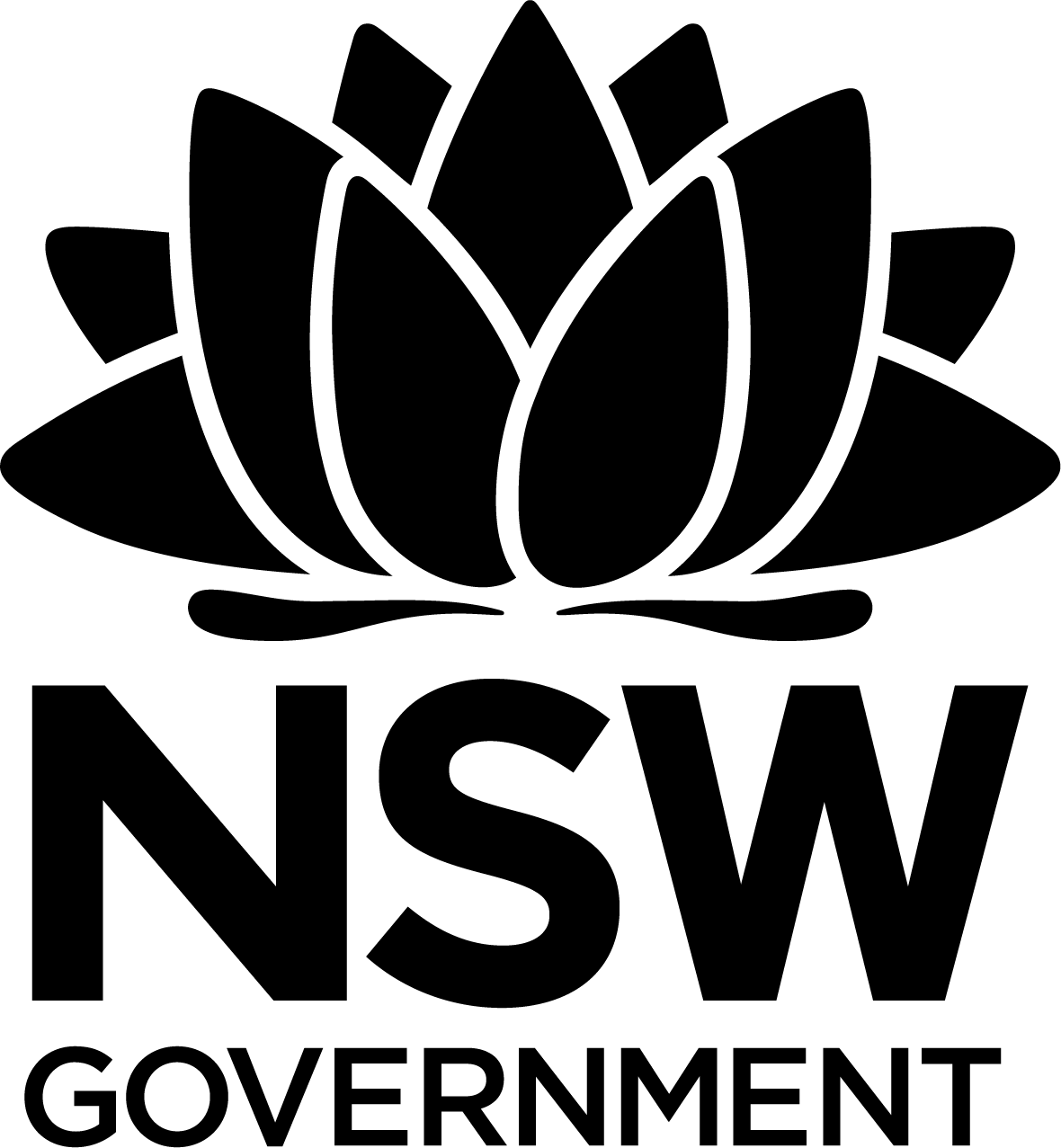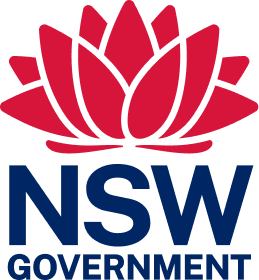
Crown land manager resource
Managing board meetings
Crown land manager (CLM) board meetings need to be well organised and keep to the allotted time. A meeting will be more effective when attendees are organised, respectful of diverse opinions and willing to listen, and stay focused on the topics.
Roles and responsibilities of participants
Chairperson
The chairperson is responsible for the orderly conduct of a meeting. If the chairperson is not present, the deputy chairperson should chair the meeting. In his or her absence, the members present at the meeting must elect someone to preside.
Their responsibilities are to:
- welcome everyone to the meeting
- ensure the meeting starts on time
- introduce each section of the agenda as the meeting progresses
- facilitate and control the meeting in a way that encourages constructive discussion(s) and decision making
- re-focus discussion if it has wandered off topic
- clarify misunderstandings and highlight important points
- ensure all members are involved (i.e. not allowing one or two people to dominate)
- formally call the meeting to a close, thank attendees for the contributions and announce time and date of the next meeting.
Deputy chairperson
The deputy chairperson assists and supports the chairperson. The deputy chairperson may serve as the chairperson in their absence or when a motion involving them is being discussed.
Secretary
The secretary is the person who makes the arrangements for the meeting and keeps formal records of the board’s processes and decisions (i.e. the minutes of the meeting).
The secretary often acts as an information and reference point during a meeting for the chairperson and other attendees, which may include:
- clarifying past decisions and/or actions
- confirming legal requirements
- retrieving relevant documentation
- summarising the previous meeting’s minutes, including decisions and actions
- conveying any important correspondence that has been received
- recording the minutes of the meeting.
After the meeting the secretary should circulate the minutes of the meeting to all attendees (including any apologies) in a timely manner.
Treasurer
The treasurer reports on the current financial situation and performance of the CLM. The treasurer’s report should be a standing meeting agenda item.
Ex officio members
An ex officio member can appoint a nominee to attend meetings in his or her place. The minister must approve the appointment of a nominee prior to the meeting.
Attendees
All attendees, regardless of their role in the meeting, contribute to all aspects of the meeting, including the agenda, discussions, brainstorming, strategic planning, and decision-making.
Other responsibilities include:
- undertaking any necessary preparation prior to the meeting
- arriving on time
- keeping an open mind and participating
- listening to the opinions of others and respecting them
- avoiding dominating the proceedings, conflict situations and side conversations that distract others
- asking questions to clarify understanding
- noting down any actions agreed upon.
After the meeting, attendees should read the meeting’s minutes, undertake any agreed action they have been assigned and brief others as appropriate.
Procedures
CLM board meetings do not need to be excessively formal. However, observing basic meeting procedures and appropriate record-keeping will help maintain the public’s confidence in the operation of the CLM.
The frequency of board meetings will depend on issues such as the size of the reserve and its board, the nature of its operations and its dealings with third parties.
Quorum
A quorum is the minimum number of people needed to be present at a meeting before it can officially begin and before official decisions can be taken. The quorum for a meeting of the board is a majority of its board members.
Notice of meetings and agenda
Notice of each meeting and an agenda must be circulated to the members of the CLM board before each meeting. You can use the provided meeting agenda template as a guide.
Voting
Where an issue requires action, or where a contract or agreement is to be entered into, the matter must be agreed upon by a resolution of the CLM board. All members, including ex officio members and the person chairing the meeting, have one vote on resolutions. A resolution is approved if a majority of the votes cast are in favour of it. If the votes are tied, the person chairing the meeting has a second or ‘casting’ vote.
Potential conflict of interest
A member cannot vote on a matter in which they have a financial or non-financial interest unless the CLM board has agreed that they can do so. They should also absent themselves from the discussion and the voting process to enable free and frank discussion of that matter by the other members. See managing a conflict of interest for more.
Minutes
Minutes should indicate which CLM board members are responsible for following up any action agreed at the meeting. The department has produced a meeting minutes template for use as a guide.
This Crown land manager web resource was printed on 27 Jul 2024. The information contained in this web resource is based on knowledge and understanding at the time of writing Jul 2024. However, because of advances in knowledge, users are reminded of the need to ensure that the information upon which they rely is up to date and to check the currency of the information by referring to the website (www.reservemanager.nsw.gov.au).
© State of New South Wales through Department of Planning, Industry & Environment 2024.
Page link: https://reservemanager.crownland.nsw.gov.au/administration/board-members/managing-board-meetings


